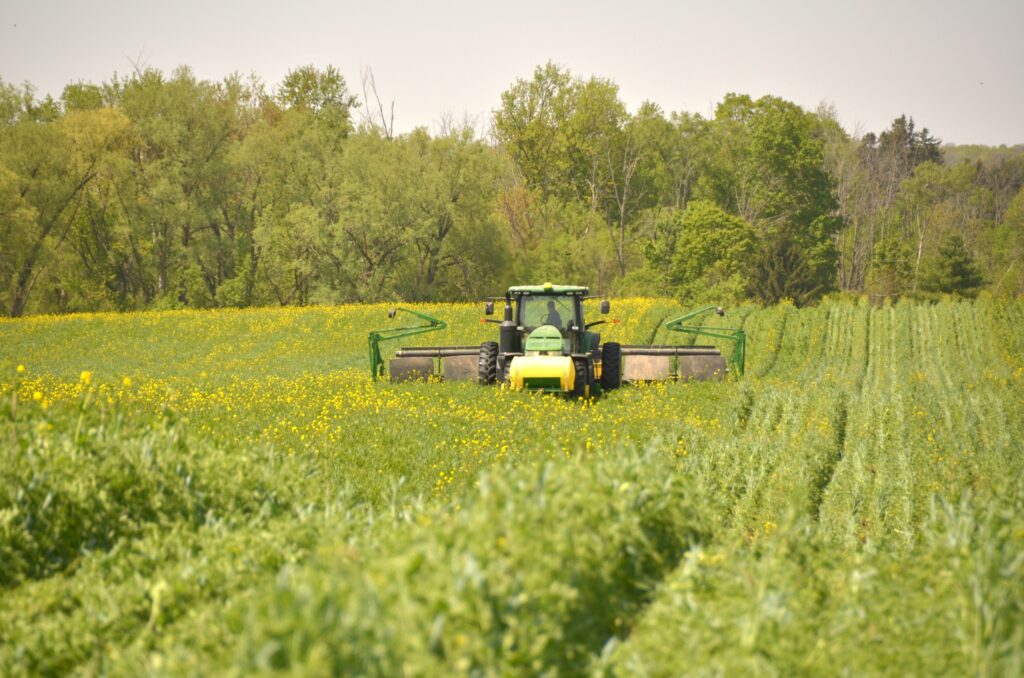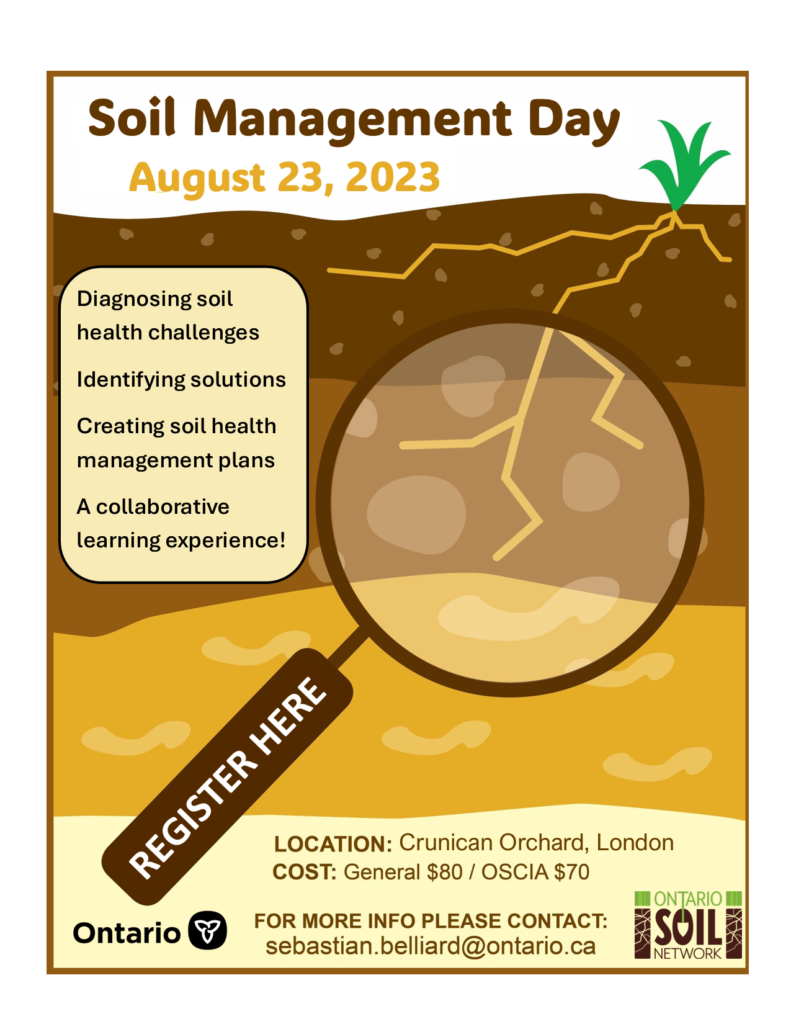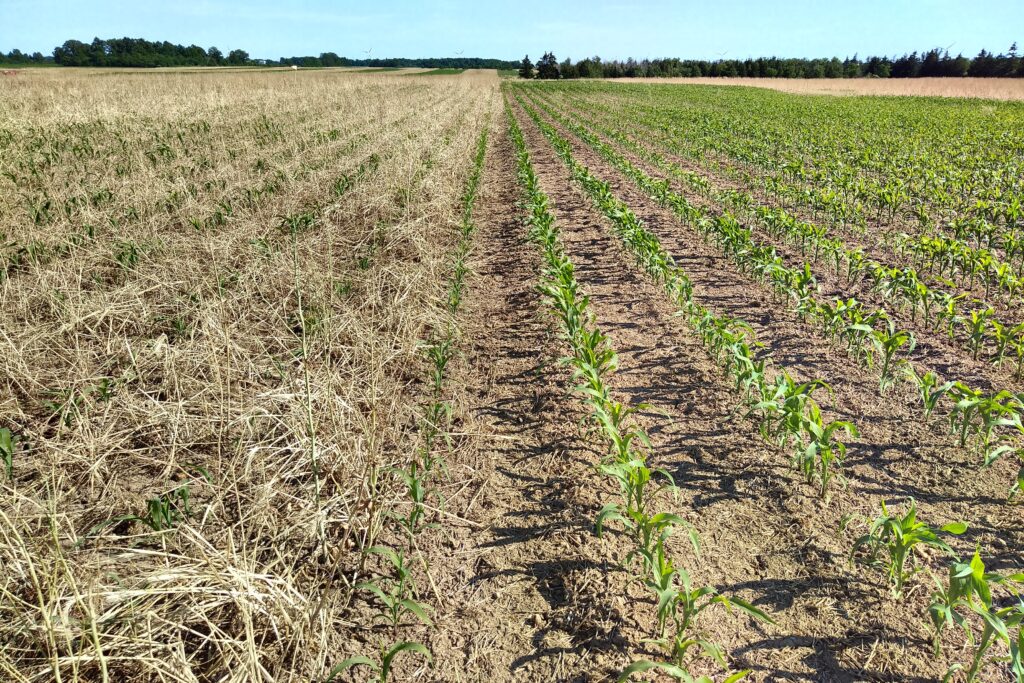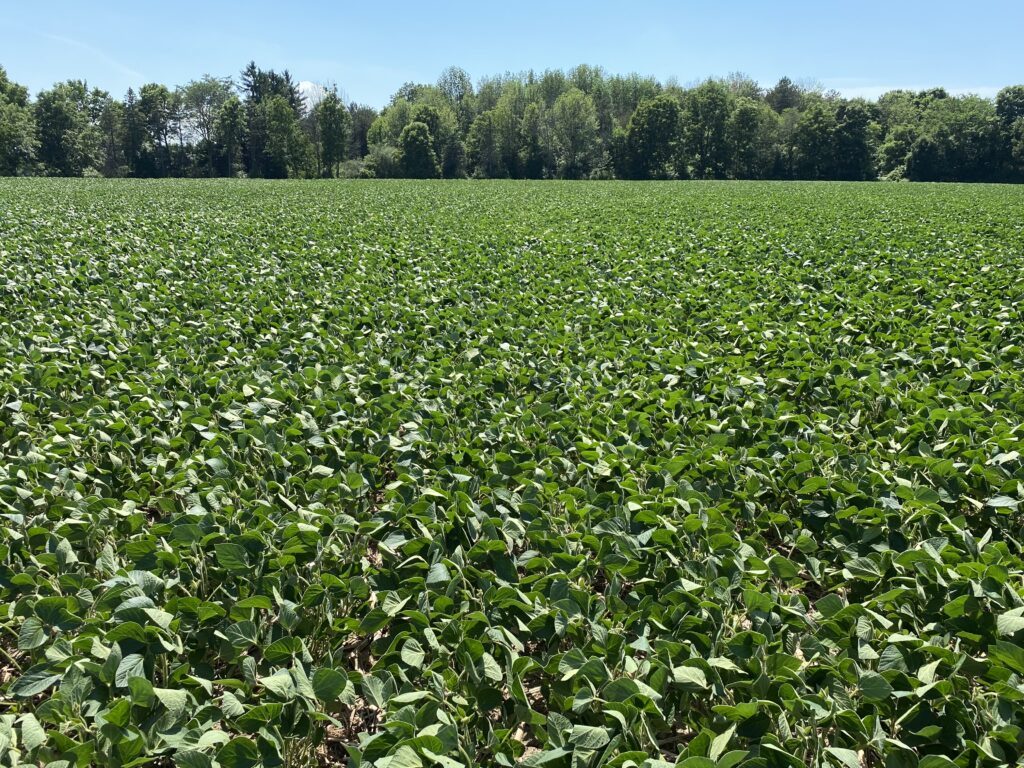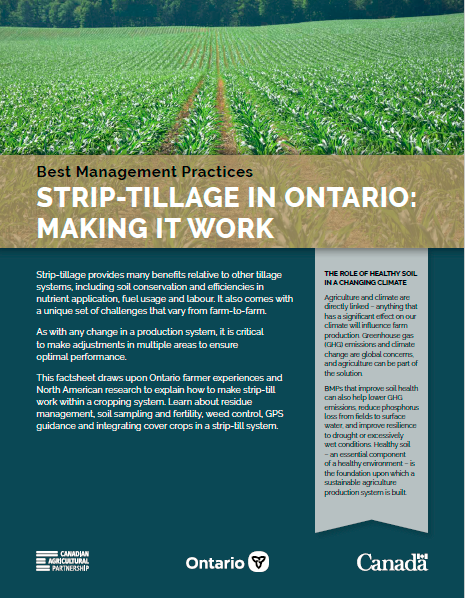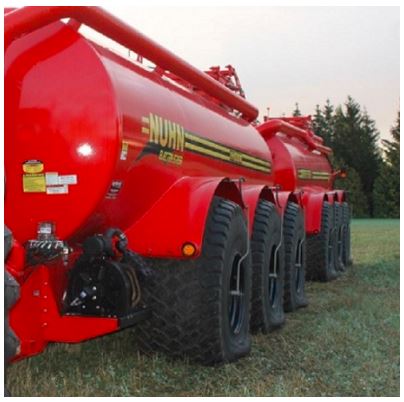Crop Conditions – Week of May 2nd, 2024

Frequent rains and wet soils across the province have slowed or prevented field work. Soil compaction is likely to be an issue this year, especially for farmers trying to get manure spread ahead of spring planting. Fertilizer has been moving out to farms with storage. Retailers are full and ready to apply product once soil […]
